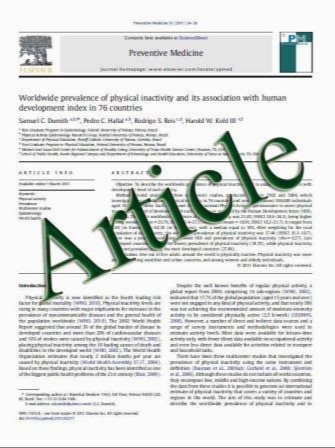The Etiology of Paraneoplastic Autoimmunity
- نوع فایل : کتاب
- زبان : انگلیسی
- مؤلف : Emanual Maverakis & Heidi Goodarzi & Lisa N. Wehrli & Yoko Ono & Miki Shirakawa Garcia
- چاپ و سال / کشور: 2011
Description
Although they may sometimes appear similar, paraneoplastic autoimmunity has a unique pathogenesis, different from the classical autoimmune diseases not associated with cancer. When distinguished clinically, paraneoplastic autoimmunity is more severe and often presents with a broader range of clinical signs and symptoms. Management of these patients is difficult and is usually centered in part on treatment of the underlying malignancy. Self-antigens recognized in the setting of paraneoplastic autoimmunity can be diverse, and the number of determinants recognized within a single antigen can be numerous. This review uses prototypic examples of paraneoplastic immune-mediated diseases and their associated malignancies to describe the mechanisms by which immune dysregulation can occur in the setting of cancer. Specific diseases covered include paraneoplastic pemphigus, Sweet’s syndrome, pyoderma gangrenosum, thymoma-associated multiorgan autoimmunity, myasthenia gravis, autoimmune hemolytic anemia, immune thrombocytopenia, and the paraneoplastic neurological syndromes. The malignancies discussed include thymoma, non-Hodgkin’s lymphoma, and chronic lymphocytic leukemia, among others. The mechanisms by which cancers induce autoimmunity are broken down into the following categories: disruption of central tolerance, peripheral immune dysregulation, and alteration of self-antigens. For each category, examples of paraneoplastic autoimmune diseases and their associated malignancies are discussed. Finally, mechanisms by which cancer treatment can lead to autoimmunity and examples of polymorphisms that are linked to both cancer and autoimmunity are discussed.
Clinic Rev Allerg Immunol Springer Science+Business Media, LLC (outside the USA) 2011


